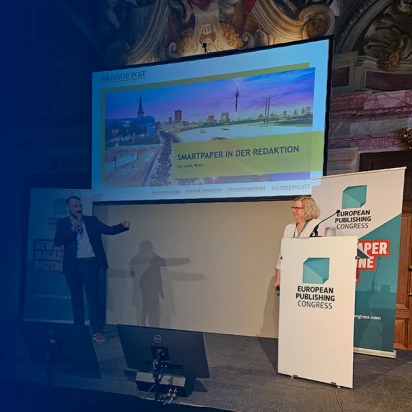
Rights-definition four-dimensional
The rights definition in InterRed is closely linked to the workflow and is thereby integrated homogeneously into the normal work processes of a company. A four-dimensional rights model is applied.
To each user and/or each group (1. dimension), for all article types (2. dimension) and for each workflow stage of these article types (3. dimension), a detailed rights definition (4. dimension) for own and other articles can be assigned. Additional rights, as the preview, publish or administrator right, add to this model. Further right definitions (e.g. for system variables) and access rights are controlled by the administrator.
These rights are assigned by the system administrator, who can thereby exactly determine which users are allowed to deal with which content in what way. The administration of group-based rights is, even for high user numbers, quite easy.
Various possibilities arise by this:
- Each employee is at maximum allowed to do what he is allowed to do– not more.
- Rights can be assigned for each workflow stage in a differentiated way. Switching the workflow stage of an article thereby enables a completely different „right pattern” for this article: Employees that were before able to edit content in any way are now, for example, just able to access content for reading. This ensures data security even for complex team structures.
- Whole types of articles can be masked out for certain users or groups, making not relevant information invisible. The concentration on required information increases efficiency.
All these rights can be defined and administrated clearly arranged in a matrix. Thereby, the operability stays simple, despite of the provided diverse possibilities and complex right architecture.








